Hi there, pet lovers! 🐸
For exotic pet enthusiasts, few creatures capture the imagination like Poison Dart Frogs (Dendrobatidae). These tiny, vibrantly colored amphibians are among the most visually striking and behaviorally fascinating pets in the reptile and amphibian trade. But are they the right choice for you?
In this detailed review, we’ll explore everything you need to know about keeping Poison Dart Frogs—from their unique biology and care requirements to their temperament and long-term commitment. Whether you’re a beginner or an experienced keeper, this guide will help you decide if these rainforest jewels belong in your home.
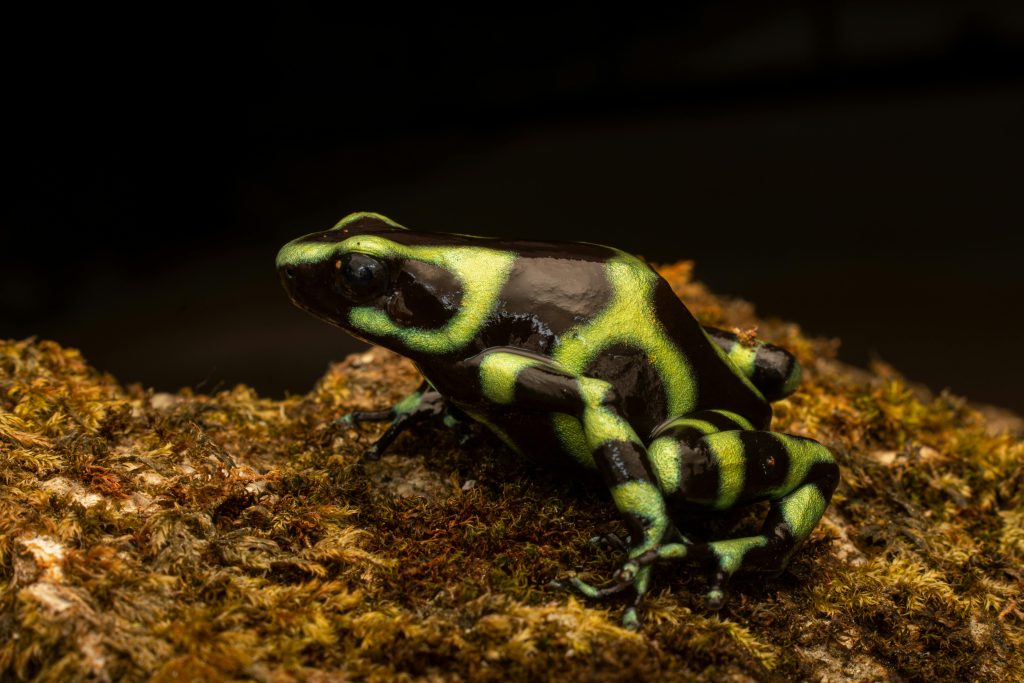
Overview
Poison Dart Frogs are small, diurnal amphibians native to Central and South America. Known for their bright warning colors (aposematic coloration) and potent toxins in the wild, captive-bred specimens are harmless due to dietary differences. Here’s a quick snapshot of what makes them special:
- Handling and Temperament: Best observed rather than handled; sensitive skin.
- Care and Maintenance: Moderate—requires high humidity, live food, and bioactive setups.
- Health and Durability: Hardy if kept in stable conditions; long lifespan (10+ years).
- Availability: Widely available from specialized breeders.
- Cost: Moderate initial setup; ongoing costs for live food cultures.
- Overall: A rewarding pet for dedicated keepers who enjoy bioactive ecosystems.
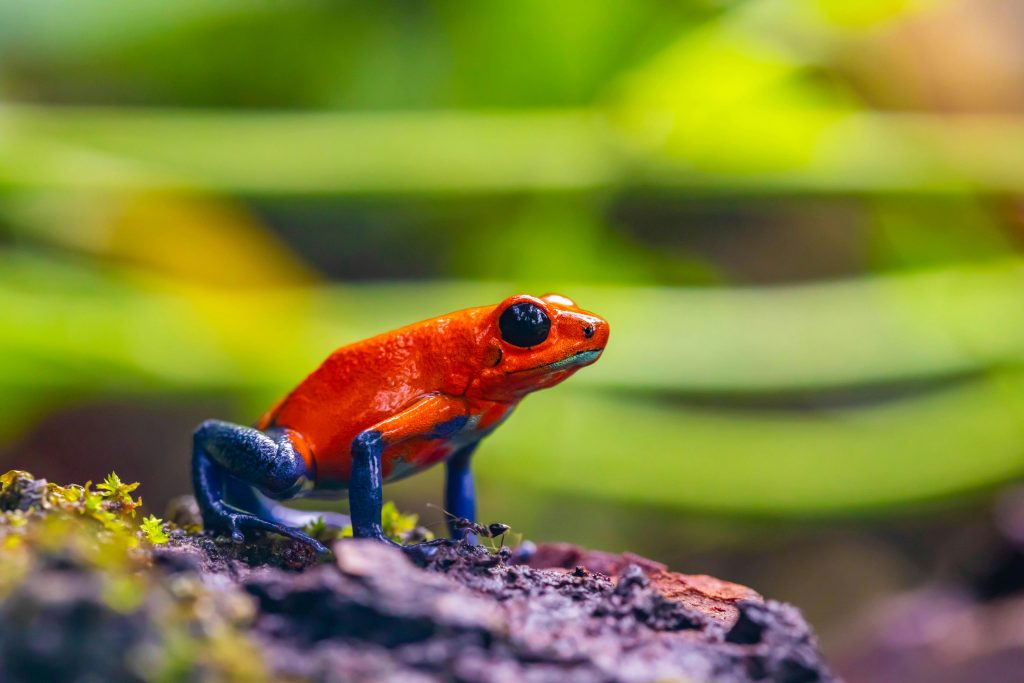
Why Choose a Poison Dart Frog?
Poison Dart Frogs are ideal for hobbyists who want:
✅ A visually stunning, active pet (unlike many nocturnal reptiles/amphibians).
✅ A fully bioactive, miniature rainforest ecosystem in their home.
✅ A long-lived companion (10–15 years with proper care).
✅ Low odor and quiet behavior (perfect for apartments).
However, they are not hands-on pets and require consistent care, particularly in maintaining humidity and feeding live insects.
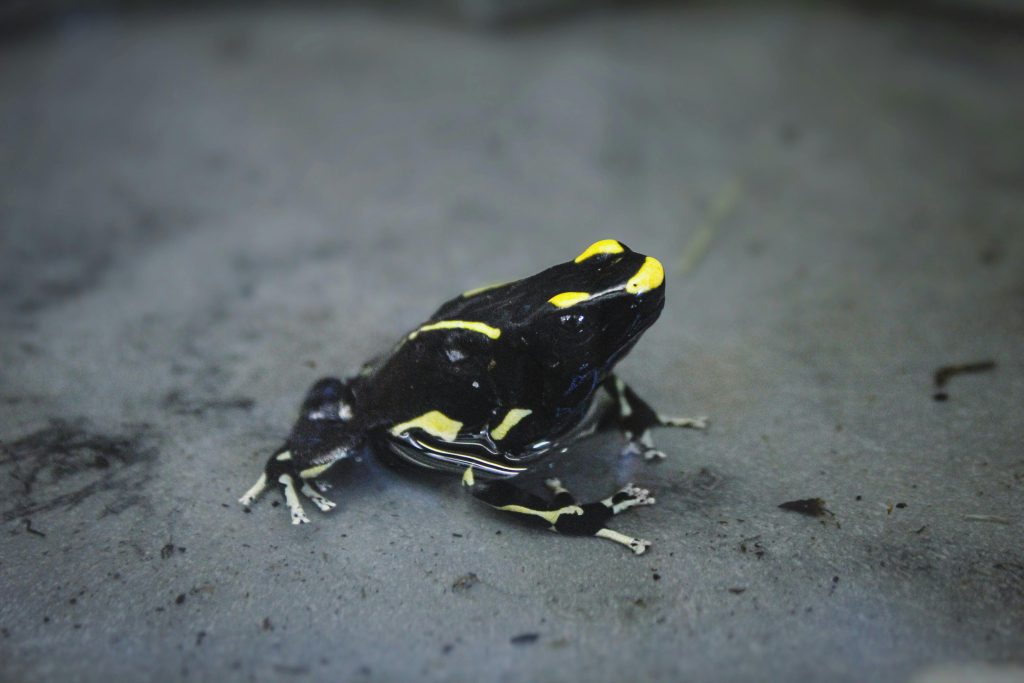
Handling and Temperament
Observe, Don’t Handle
Unlike some reptiles, Poison Dart Frogs are not pets for frequent handling. Their permeable skin absorbs chemicals, oils, and residues, making human contact risky for them.
- Handling Risks:
- Skin Absorption: Lotions, soap residues, or even sweat can harm them.
- Stress: Excessive handling can lead to health issues.
- No Biting or Scratching: They are harmless but delicate.
- Safe Interaction Tips:
- Use gloves (moistened with dechlorinated water) if handling is necessary.
- Never touch them after applying hand sanitizer or lotions.
- Supervise children closely—these frogs are fragile and best left in their enclosure.
Personality & Activity
These frogs are diurnal (active during the day), making them more engaging than many nocturnal species. They exhibit:
- Curious behaviors (exploring, hunting, climbing).
- Territorial tendencies (some species may squabble in groups).
- Vocalizations (soft chirps or buzzes, especially in males).
Are They Poisonous in Captivity?
A common question! Wild Poison Dart Frogs derive toxins from their diet (ants, mites). In captivity, they lose toxicity because their diet lacks these wild prey items.
⚠️ Still, never lick or handle them barehanded—better safe than sorry!
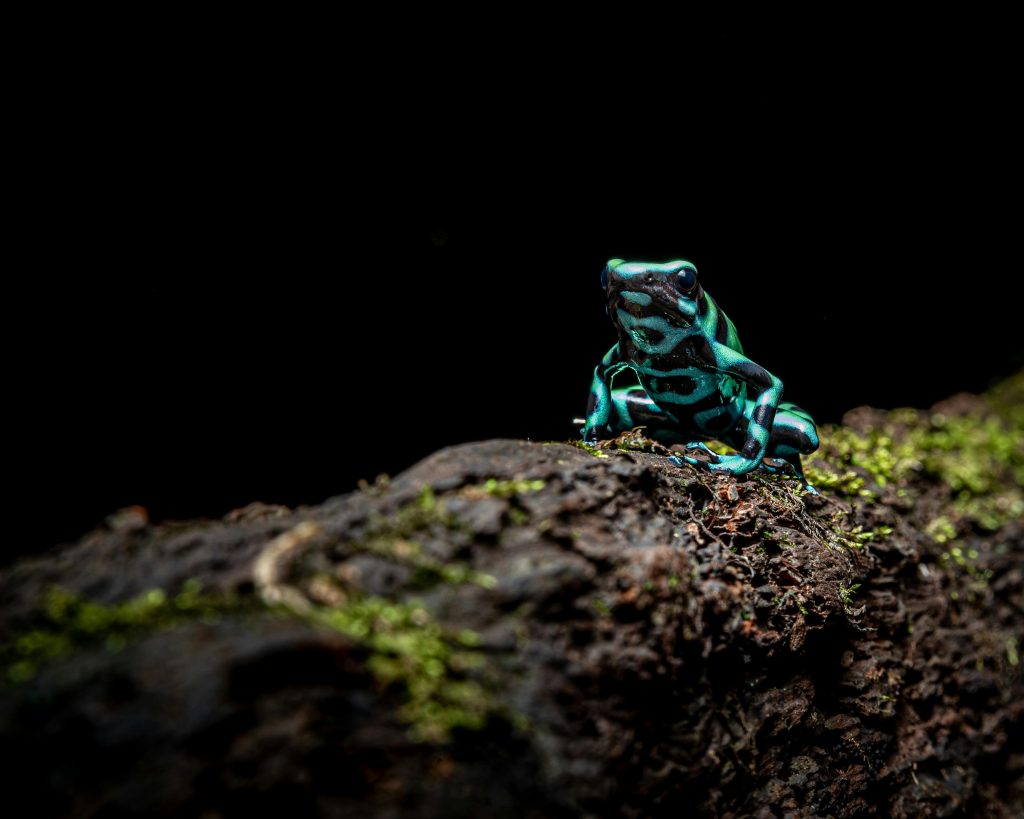
Care and Maintenance
Enclosure Setup
A well-designed bioactive terrarium is essential for mimicking their rainforest habitat.
- Tank Size:
- 10–20 gallons for 2–3 frogs (larger for groups).
- Vertical space is less critical than floor space (they’re poor climbers).
- Substrate & Decor:
- Drainage layer (clay balls or mesh) to prevent waterlogging.
- Moist substrate (coconut fiber, sphagnum moss, or ABG mix).
- Leaf litter for natural hiding spots.
- Live plants (pothos, bromeliads, ferns) for humidity and enrichment.
Humidity & Temperature
- Humidity: 80–100% (mist 2–3 times daily or use an automatic fogger).
- Temperature: 72–80°F (22–27°C)—avoid overheating.
Feeding
- Primary Diet: Flightless fruit flies (Drosophila)—the staple food. This will be your main hurdle.
- Supplemental Foods: Springtails, pinhead crickets, and tiny isopods.
- Feeding Schedule: Daily (small amounts, as they have high metabolisms).
- Supplements: Calcium + D3 dusting 2–3 times weekly.
⚠️ You must culture your own fruit flies—buying them weekly is impractical.
Lighting
- UVB Not Required (but beneficial for plant growth in bioactive setups).
- Low-heat LED or fluorescent lighting to avoid drying out the enclosure.
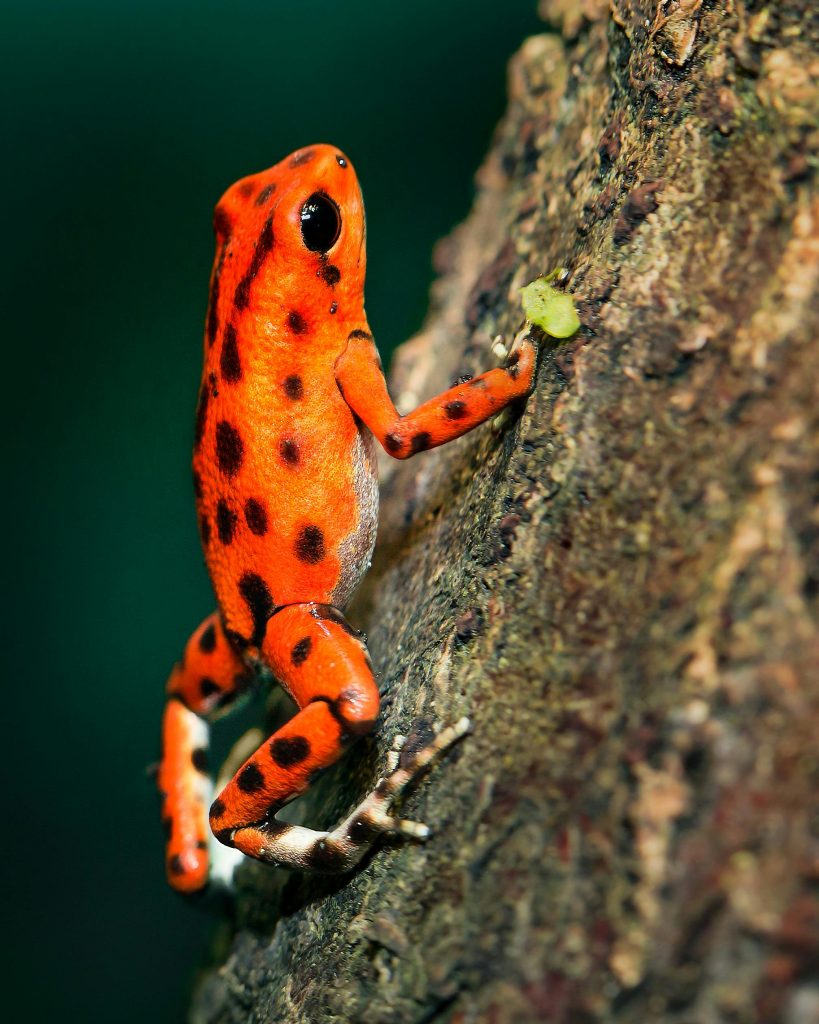
Health and Durability
Common Health Issues
- Dehydration: Caused by low humidity—watch for lethargy or wrinkled skin.
- Skin Infections: From dirty water or improper handling.
- Parasites: Rare in captive-bred frogs but possible with wild-caught feeders.
Preventative Care
✔ Quarantine new frogs before introducing them to an established group.
✔ Maintain clean water (use dechlorinated or reverse osmosis water).
✔ Monitor humidity and temperature daily.
With proper care, Poison Dart Frogs can live 10–15 years, making them a long-term commitment.
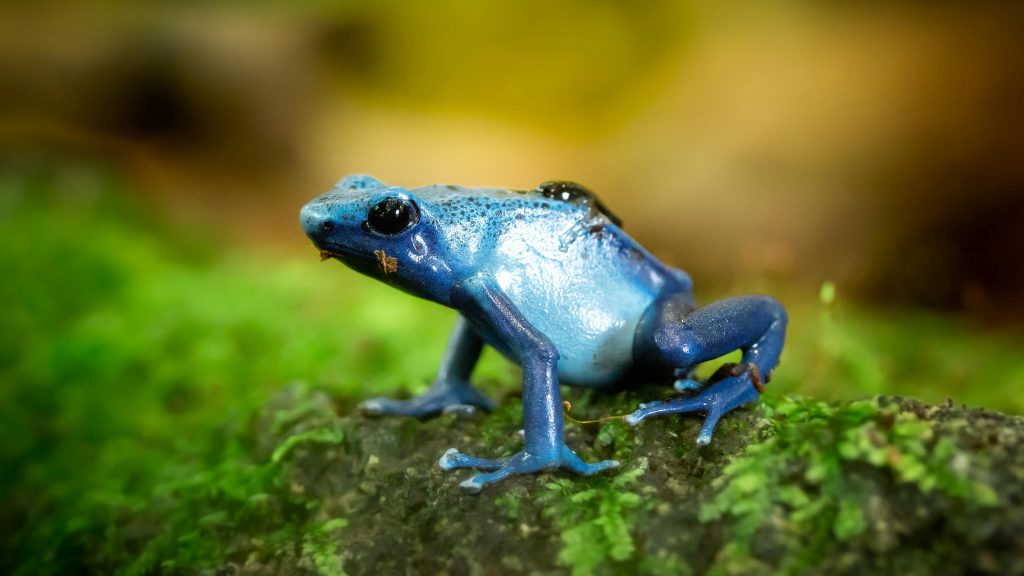
Availability and Cost
Where to Buy
- Reputable Breeders (Recommended): Ensures healthy, captive-bred frogs (e.g., Josh’s Frogs).
- Reptile Expos: Great for seeing multiple morphs in person.
- Online Retailers: Convenient but research seller reviews first.
Cost Breakdown
- Frogs: $40 to $200+ (depending on color morph).
- Enclosure Setup: $200 to $400 (terrarium, plants, substrate, etc.).
- Ongoing Costs: $20 to $50/month (fruit fly cultures, supplements).
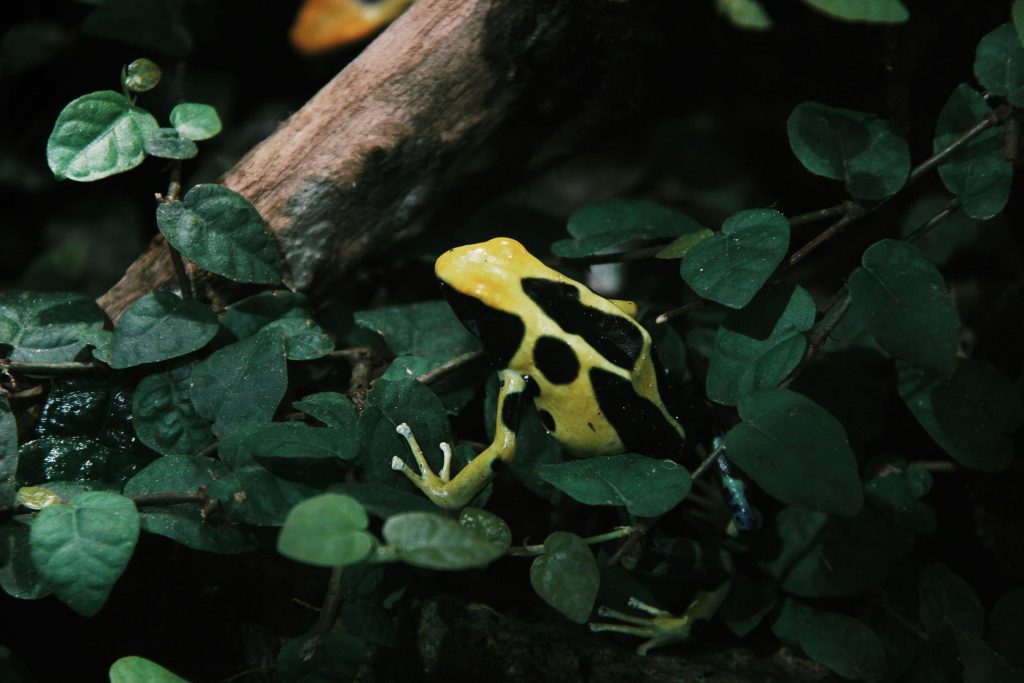
Pros and Cons
Pros
✔ Stunning colors and active behavior.
✔ No need for UVB or complex heating.
✔ Quiet and odorless—ideal for apartments.
✔ Bioactive setups are visually rewarding.
Cons
❌ High humidity demands (daily misting).
❌ Live food requirement (fruit fly cultures).
❌ Not suitable for handling.
❌ Long lifespan = long-term commitment.
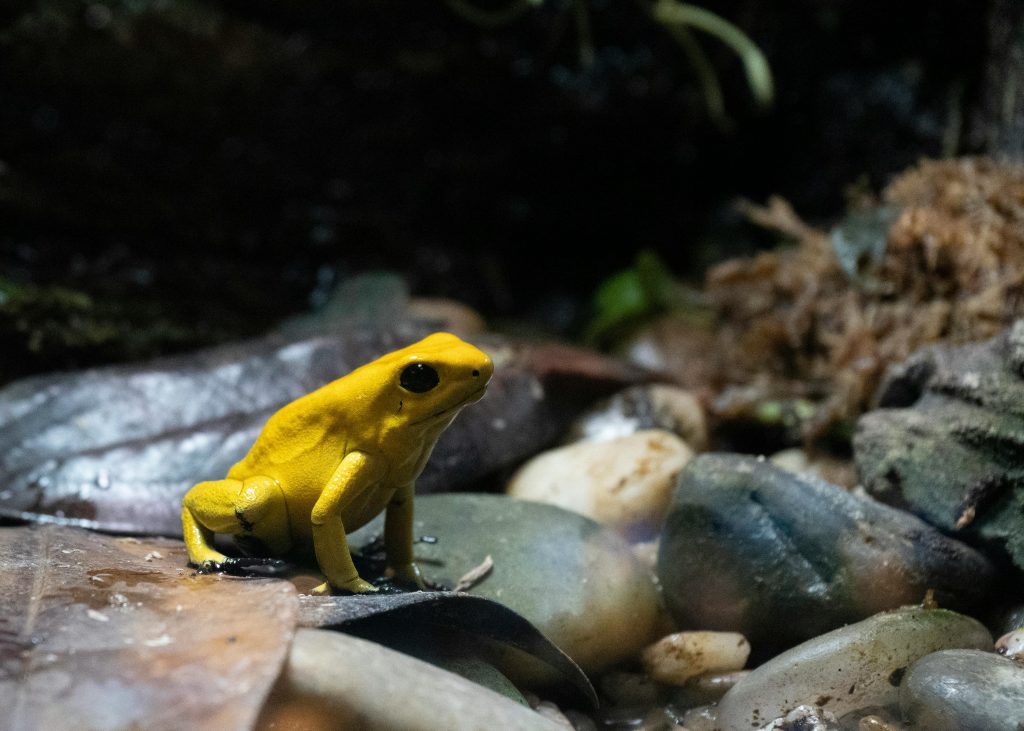
Final Thoughts
Poison Dart Frogs are exceptional pets for the right keeper—those who appreciate their beauty, enjoy maintaining a bioactive ecosystem, and don’t mind the extra effort of culturing live food. They’re not beginner-friendly like Crested Geckos or Bearded Dragons, but for dedicated hobbyists, they offer an unparalleled glimpse into rainforest biodiversity.
If you’re ready to create a miniature jungle and observe some of nature’s most dazzling amphibians, a Poison Dart Frog might be your perfect match.
Have experience with dart frogs? Share your tips in the comments below!
For more amphibian care guides, stay tuned to our blog—and don’t forget to subscribe for updates! 🐸
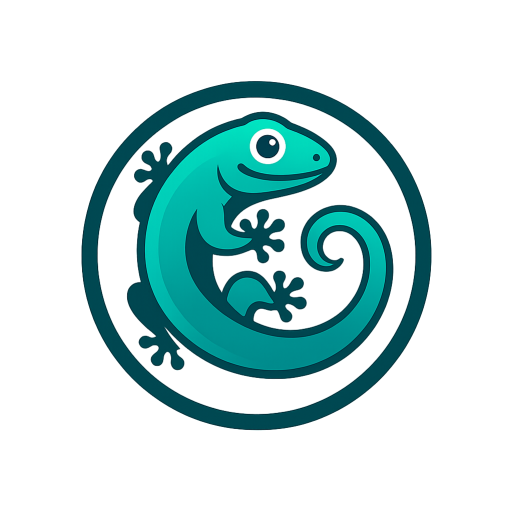
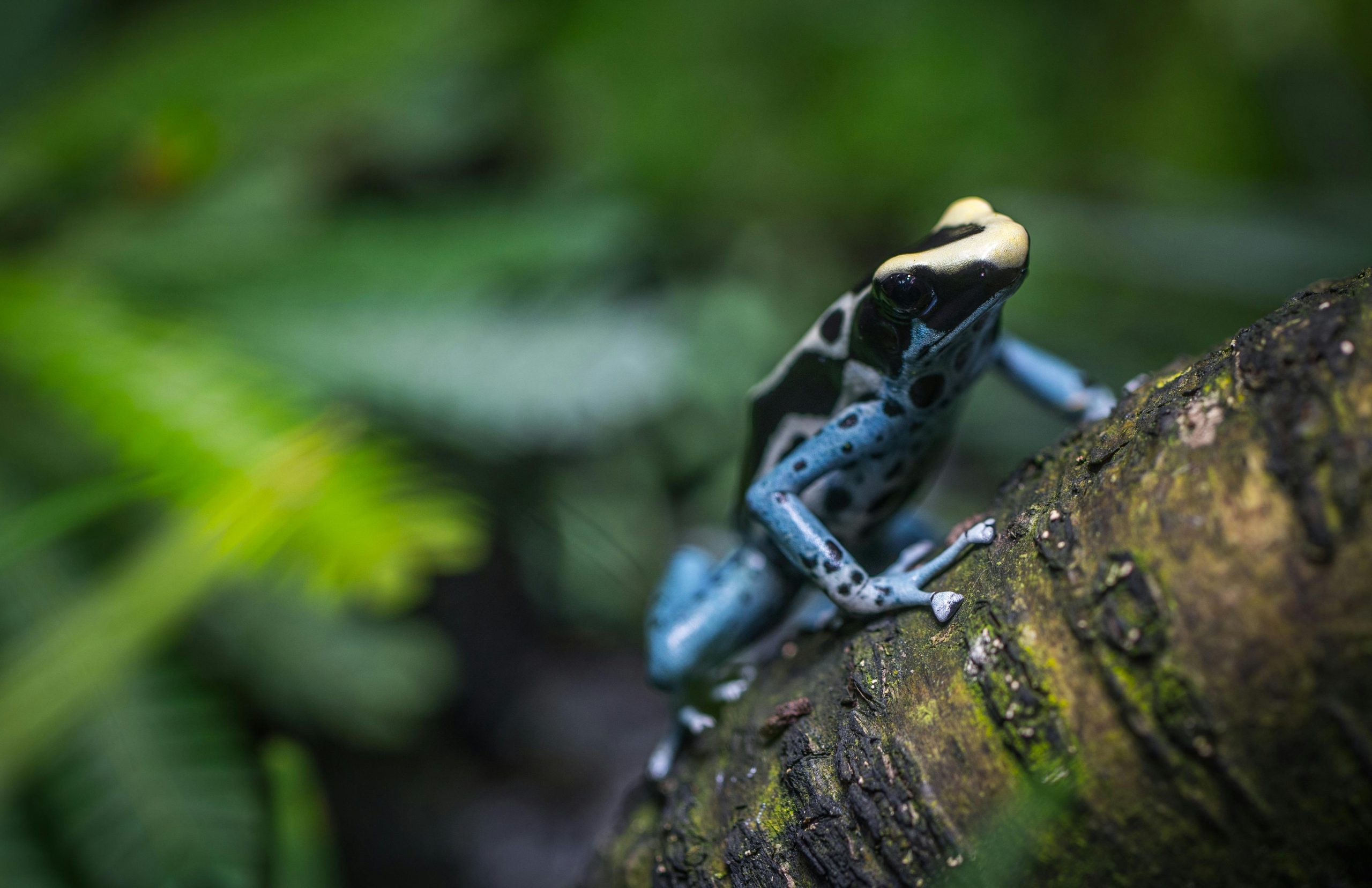


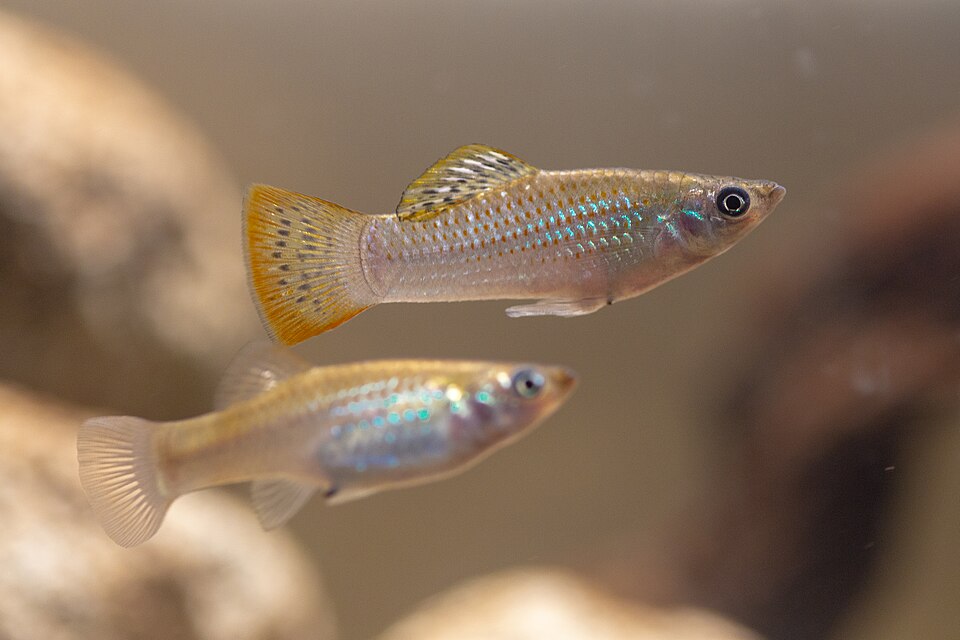
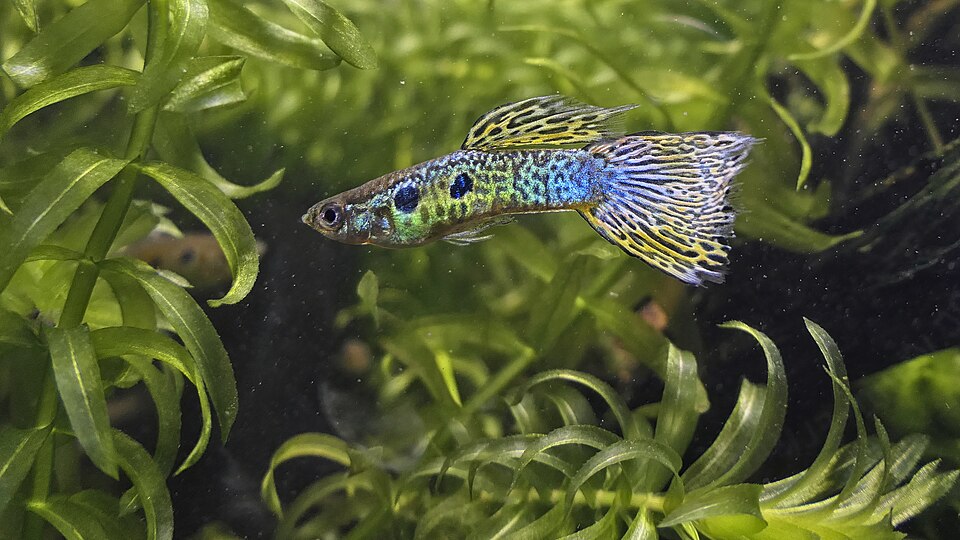
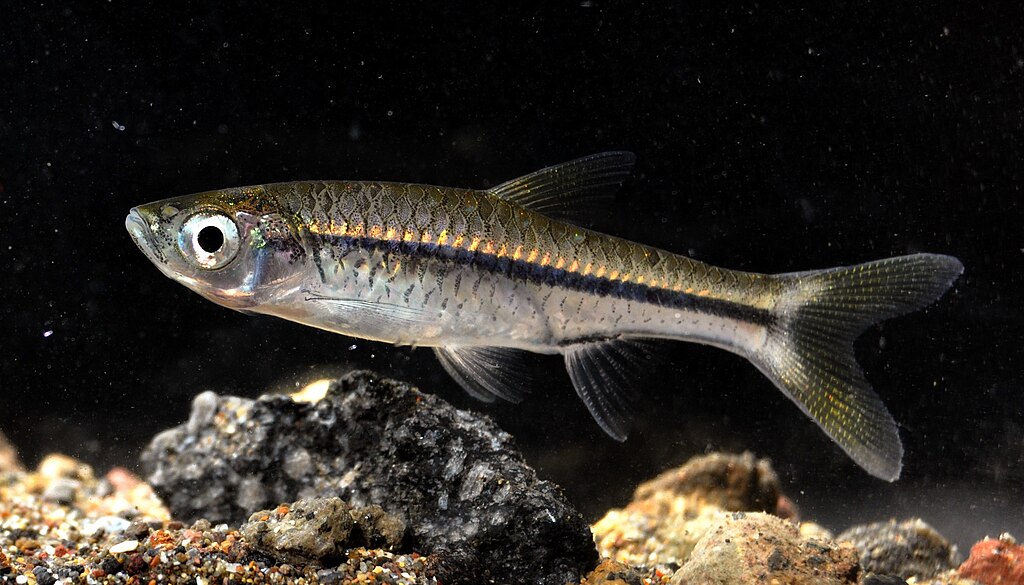
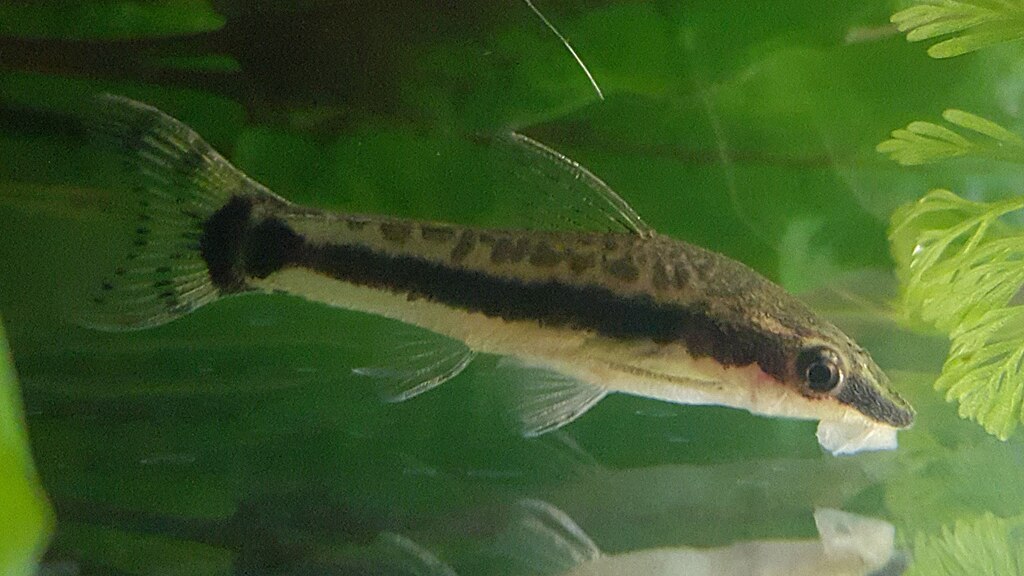
Leave a Reply